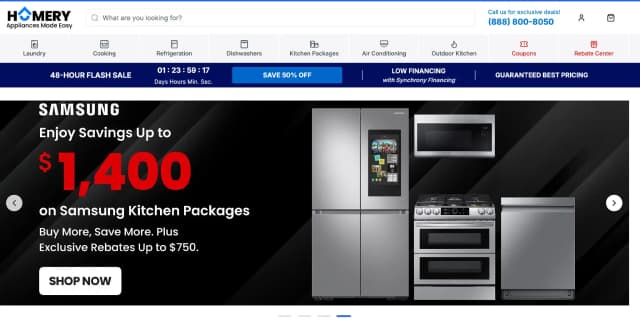Treadmill Buying Guide
Selecting the right treadmill can significantly impact your fitness journey. To make an informed decision, focus on key aspects that align with your workout style, space availability, and budget. Here's what to consider:
Motor Horsepower (CHP)
The motor's continuous horsepower (CHP) is crucial as it indicates how much power the motor can sustain over extended periods. Higher CHP generally means smoother operation and longer product life, especially for runners or frequent users.
- For walking: 2.0 CHP or higher.
- For jogging: 2.5 CHP or higher.
- For running or multiple users: 3.0 CHP or higher.
Running Deck Size
The length and width of the running belt directly affect comfort and safety during your workout. A larger deck provides more room for natural movement, reducing the feeling of being confined.
- For walking: At least 50" L x 20" W.
- For jogging/running: At least 55" L x 20" W.
- For taller individuals or serious runners: 60" L x 22" W or more.
Incline and Decline Capabilities
Incline elevates the treadmill's front, simulating uphill walking or running, which increases workout intensity and targets different muscle groups. Some advanced models also offer decline, mimicking downhill terrain.
Speed Range
The range of speeds a treadmill offers dictates the variety and intensity of workouts you can perform, from a leisurely walk to an intense sprint.
- For walkers: Up to 6-8 mph.
- For joggers/runners: Up to 10-12 mph or higher.
Additional Features
Here are some features to enhance your experience:
-
Console/Display & Controls: A clear display and intuitive buttons improve user experience and make it easy to track progress. Look for quick-adjust buttons for added convenience.
-
Pre-Set Workout Programs: Many treadmills come with built-in workout programs that automatically adjust speed and incline, guiding you through various routines.
-
Folding Design: This feature saves valuable floor space, making treadmills suitable for smaller living areas.
-
Connectivity & Entertainment Options: Modern treadmills often include Bluetooth, USB ports, tablet holders, or integrated touchscreens with apps or streaming services. These features enhance motivation and engagement during workouts by providing entertainment, guided training, or data tracking.
Final Thoughts
What an incredible journey through the world of home treadmills! I truly put these machines through their paces in my mind, weighing up every little detail to bring you these insights.
Ultimately, whether you prioritize a sturdy build for serious miles (like the SOLE F85) or seamless app integration for dynamic workouts (like the Horizon 7.4 AT), there's a treadmill out there designed for you. It's all about matching the machine's strengths to your personal fitness preferences, ensuring every step on your journey is enjoyable and effective.
FAQs
1. Is 30 minutes of treadmill a day enough?
Yes, 30 minutes of treadmill use a day can be enough for significant health benefits, especially if done consistently at a moderate intensity. This duration can effectively boost heart health, help manage cholesterol levels, and efficiently burn calories. It contributes positively to overall cardiovascular health and weight management.
For general health, experts recommend at least 150 minutes of moderate-intensity aerobic activity per week, which translates to about 30 minutes five days a week. For more advanced fitness or specific weight loss goals, you might increase the duration or intensity.
2. What is the 12-3-30 rule on a treadmill?
The 12-3-30 rule is a popular treadmill workout routine. It involves setting the treadmill to a 12% incline, a speed of 3 miles per hour (mph), and walking for 30 minutes. This method is effective for increasing cardiovascular fitness and burning calories due to the high incline.
It's a low-impact workout that many find challenging yet sustainable, making it accessible for various fitness levels.
3. Can I lose belly fat by walking on a treadmill?
Yes, walking on a treadmill can contribute to losing belly fat. Consistent walking, especially at a brisk pace or with added incline, burns calories and helps reduce overall body fat, including visceral fat around the abdomen. Combining treadmill walking with a healthy diet and strength training maximizes results for fat loss and abdominal toning.
4. How to care for a treadmill?
Caring for your treadmill involves regular tasks to ensure its longevity and smooth operation. After each use, wipe down the console, belt, and frame to remove sweat and dust. Monthly, clean underneath the belt and vacuum around the motor area after unplugging the machine.
Belt lubrication should be performed as needed, typically every few months or based on usage hours, using manufacturer-recommended silicone lubricant. Regularly check and tighten all assembly bolts and ensure the running belt is properly tensioned and centered.

















